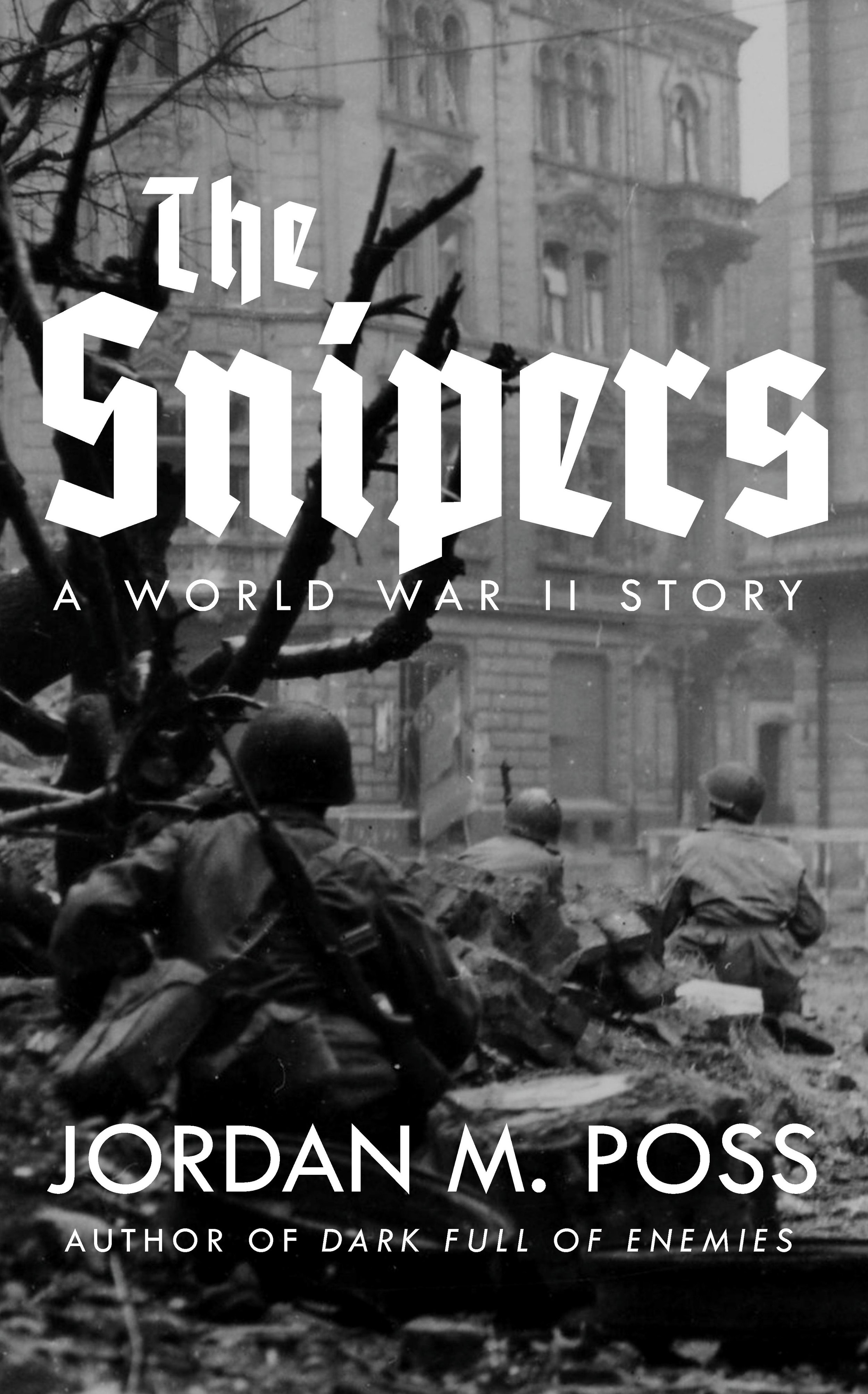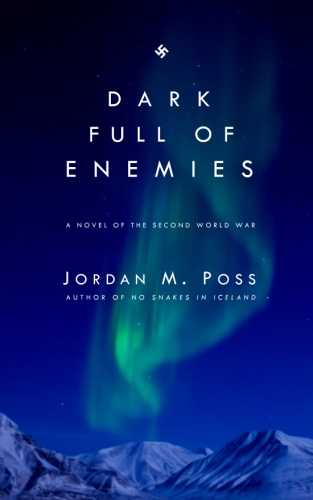Merrill’s Marauders
/Jeff Chandler as Gen Frank Merrill inspects his exhausted men before the final assault In Merrill’s Marauders (1962)
There’s a scene in Norman Mailer’s war novel The Naked and the Dead in which the recon squad at the center of the story are ordered to drag an artillery piece into position in the jungle. They must first get it across a river and then up a muddy, deeply rutted track to the top of a hill with no mechanical assistance. It takes all day. And it’s agonizing. Mailer makes the reader feel—for pages and pages—the messy, clumsy, impossible effort as well as the inevitable frustration when the gun finally slips loose and slides right back down the hill into the river. The reader ends the chapter as exhausted as Mailer’s soldiers.
Precisely that note of weariness and exhaustion is the salient mood of Merrill’s Marauders, an unusual 1962 World War II movie I recently rewatched with my sons after an interval of many years.
I don’t intend this post as a proper review—if you’ve found your way here you probably already know something about the movie—but I do want to draw attention to this aspect of exhaustion. Few of the classic 1950s and 60s World War II films approach their subject with the attention to labor, repetitiveness, and sheer tiredness that Merrill’s Marauders does.
Briefly, Merrill’s Marauders tells the true story of a special US Army unit deployed to Burma in support of British efforts there. Burma is a neglected corner of the war anyway, and the unfamiliarity of the story as well as its realistic, serious depiction of the wastage and attrition of the campaign make it worthwhile viewing.
This is despite the movie being quite rough around the edges. Wikipedia diplomatically calls it an “economical historical epic,” which being translated is “low budget movie.” It shows in different ways, most obviously and jarringly in a sequence incorporating stock footage from Battle Cry, a film about Marines in the Pacific, into a film about the US Army in Burma.
That Merrill’s Marauders works at all can be credited to its director. Sam Fuller was himself a veteran of the war and would go on to write and direct The Big Red One based yet more directly on his experiences. Presented with this story and a small budget, Fuller mostly dealt with his constraints artfully and used his funding where it could make the most difference. The film begins in medias res, with the Marauders already worn out and their numbers depleted after weeks on the march in the jungle, and it ends not with the final great battle to take their objective but on a character-centered moment just before the action—a daring move that works perfectly. That’s the writing. Technically, a pair of mid-film assault sequences are staggeringly well executed, as is a climactic defense against a banzai attack.
Action punctuates the separate acts of the story but the subject is really the men themselves, their leader, General Merrill, and their exhaustion. At several points in the film they are declared used up by the unit surgeon, utterly incapable of more, and yet when they receive new orders they pick up and carry on. There is heroism in the combat scenes but a no less extraordinary heroism in the long marches through jungle and over mountains in between. One senses that Fuller, a combat infantryman himself, understood well the drain of boredom and endless work and wanted the audience to feel it in their bones.
Where Merrill’s Marauders differs most starkly from the scene I opened with from The Naked and the Dead is in its earnestness. Mailer’s novel is a bitter, cynical story in which endurance and courage are rewarded with yet more pointless hardship. Merrill’s Marauders believes in its men and their work. The war is terrible and wastes good men, but their unromantic, plodding tenacity is something to be admired.
The film’s best moment, for me, and one that illustrates beautifully the place Merrill’s Marauders reserves for sincerity and goodness, is not General Merrill’s final scene—a calvary-like passion complete with pietà—but a quiet one near the middle. The Marauders, despite their weary, malnourished, disease- and leech-ridden condition, have liberated a strategically important rail junction from the Japanese. While Merrill considers the situation, his men sack out anywhere they can sit or lie down. The Burmese natives appear—they’re all women and children, a fact with dark implications that the film wisely leaves us to intuit. An old woman approaches one of the toughest sergeants in the unit and gratefully offers him rice. He breaks down weeping before he can finish eating it.
If few of the classic war movies portray the weariness and sheer effort of the war as little more than a discomfort or inconvenience, fewer still offer us moments like that.
Merrill’s Marauders is a unique little movie, telling a unique story with the sharp perspective of a veteran spiritually unwearied by cynicism. It’s worth checking out if you haven’t seen it, or revisiting if you have.





